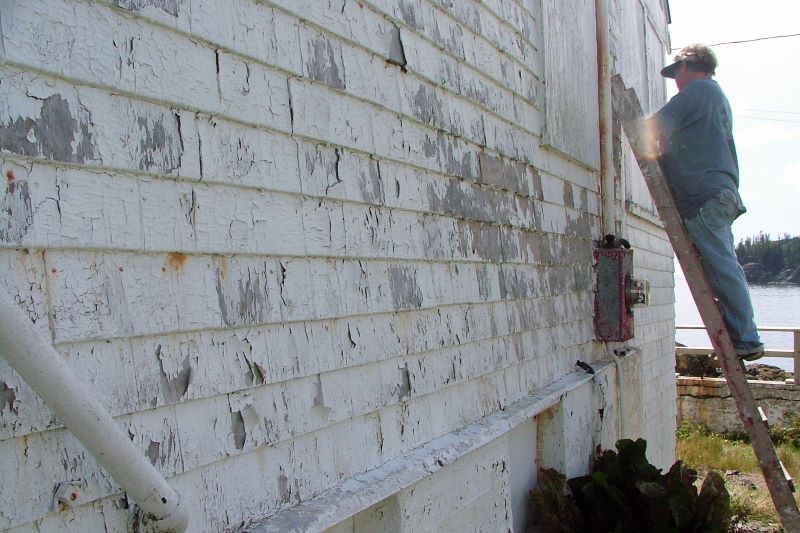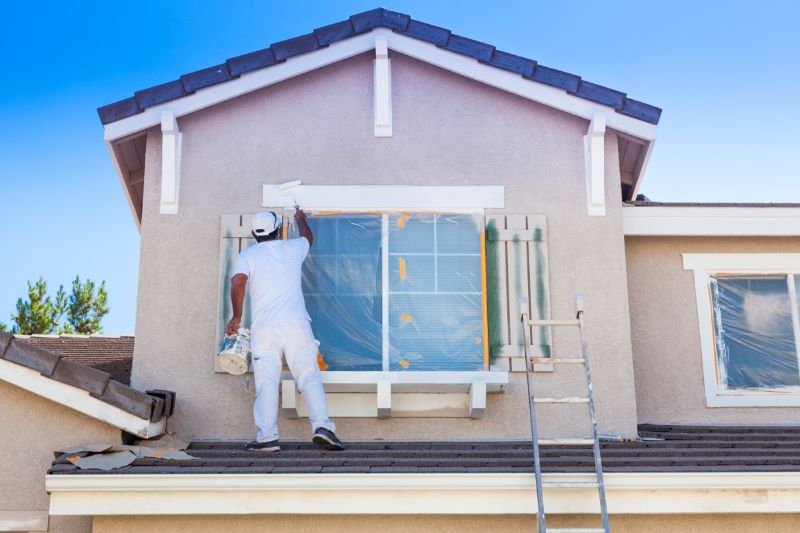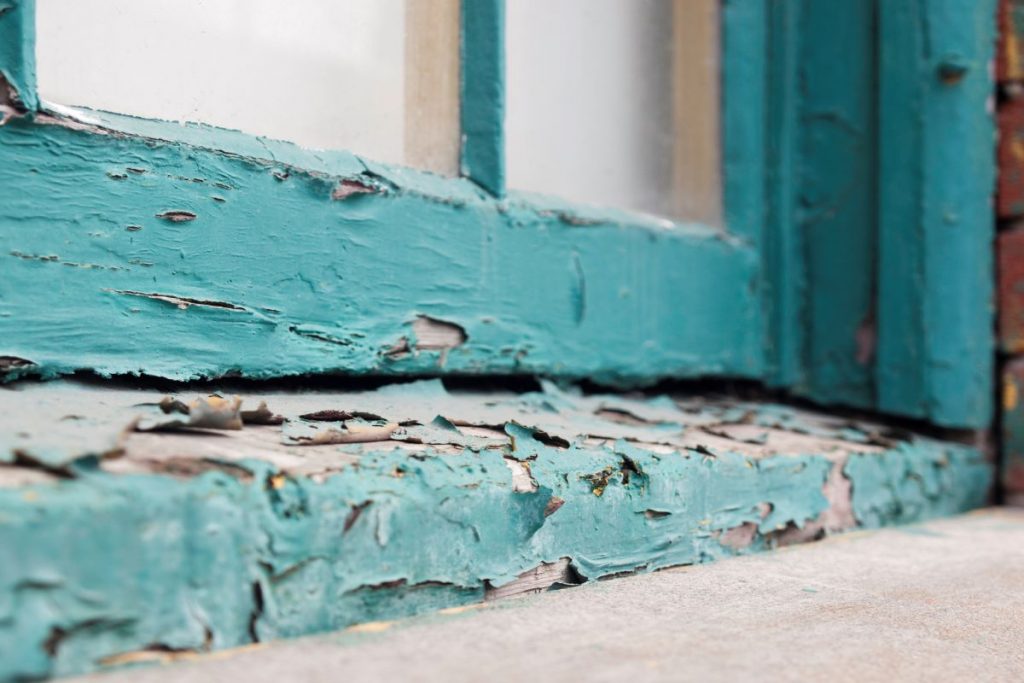Table of Contents
Lead paint used to be a common feature in U.S. homes built in the 1970s or earlier. The federal government banned the use of lead paint in 1978, but it is still found in many homes. The paint remains undetected as it is usually present under several coats of newer paint. However, this does not eliminate the hazard associated with lead paint. Things can get even more severe if the paint starts to crack and peel off. Children may chew and swallow this paint, which can lead to lead poisoning. Deteriorating lead paint is also a problem because it releases lead flakes and dust. These can accumulate on surfaces such as floors, countertops, and window sills. It can also end up on any toys and clothes. Since small children tend to put objects in their mouths, there is a high chance that they can ingest lead.
To prevent this from happening, it is essential to carry out tests for detecting lead paint in your home. Let’s take a look at how you can do this:
Looking Into the History of Your Home
Before beginning any tests for detecting lead paint in your home, it is important to find out when it was built. If your home was built after the country-wide ban on lead paint, you are in the clear. Finding out when a piece of residential property was built can be difficult. If you are just a tenant, then you can ask your landlord about it. If you are the owner, then you can try asking the previous owner.
Conducting Tests on the Paint
You can carry out tests at home if you suspect there may be lead paint present in the walls. A rhodizonate-based kit should work for a variety of paint colors (pink or red-colored paint being the only exception). You can also use a sulfide-based kit for testing on lighter paint colors.
To test the pain, you need to make an incision through a portion of the paint. This should be a quarter-inch long. Try choosing an area with a thick layer of paint for better results. Next, you can open one of the swabs from the testing kit and press it against the incision. This will help make sure the swab touches every layer of the paint.
Read the instructions of the kit and interpret the swab results accordingly.
Hiring an Expert
You can also hire an expert to carry out a lead-based paint risk assessment. They can test the paint in your home using more sophisticated methods that provide better results. This will help you make a better decision on how to deal with the lead paint present in your homes.
If you are unable to find a reliable expert that can help you conduct tests for detecting lead paint in your home, get in touch with the team at EE&G Environmental Services, LLC. They can carry out Lead-based paint risk assessments and suggest the best solution for removing lead from your home.







